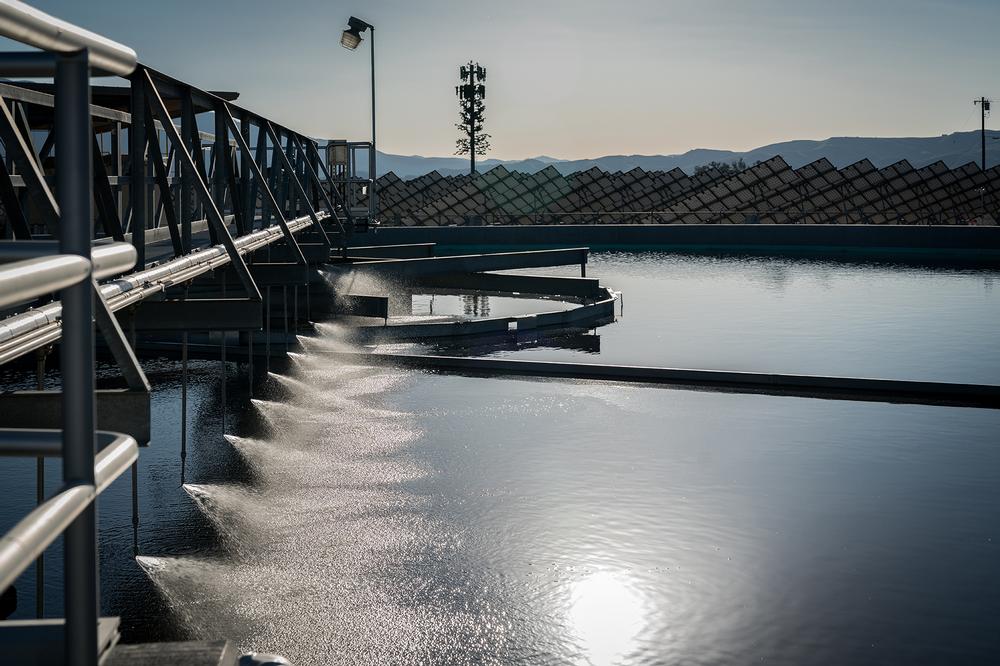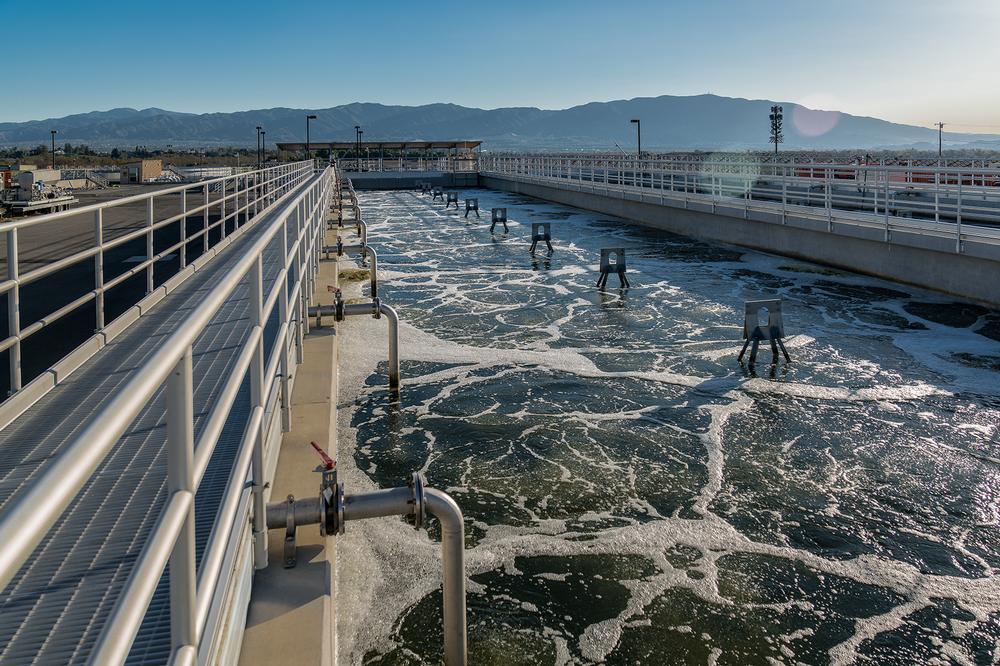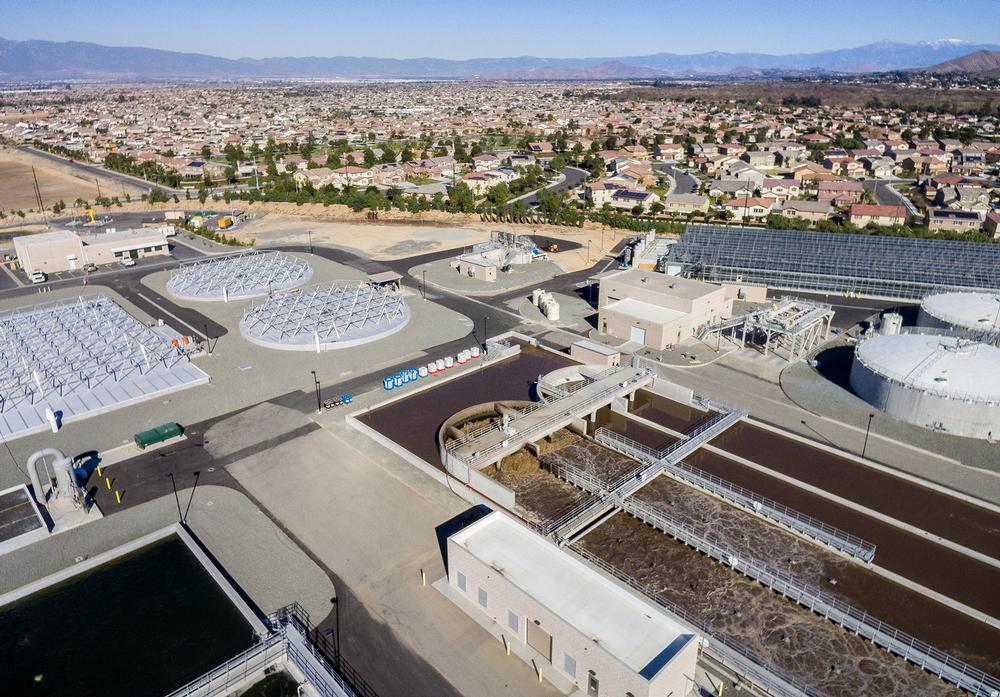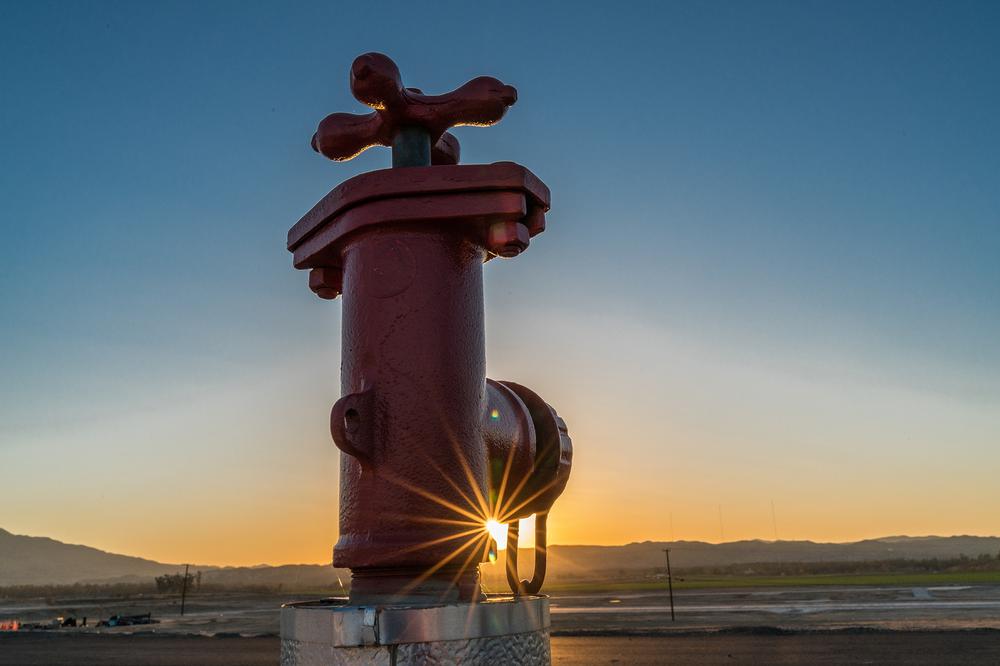

Home Gardens Sanitary District (“District”) provides the Home Gardens Community wastewater (“sewer”) collection, treatment and disposal service.
What is wastewater?
Wastewater/sewer is a term used to describe the mix of water and solids that goes down the drain within homes and businesses. Clean, potable drinking water delivered to a home or business is used in a variety of ways – cooking, cleaning, bathing, washing of clothes, and flushing of toilets. The used water goes into drains within the house (or business) and that plumbing is connected to District owned and maintained sewer collection piping in the street.
The piping owned by the District collects wastewater from each customer 24/7, 365 days a year. Collection and proper treatment of wastewater is necessary to safeguard the community against bacteria, and viruses that can thrive in untreated wastewater.1. Collects the Sewage
The District owns many miles of sewer pipeline located underground within streets and easements throughout the Home Gardens community. Connected to the pipelines within the streets and easements, are smaller pipes called “laterals” that are extended to the edge of the property line of each property the District serves. Customers connect drain plumbing from the home or business to the lateral. This provides a continuous way to convey the wastewater that goes into drains within the house to the pipelines in the street. Customers may notice manhole covers within the streets. These manholes are access points the District uses to periodically clean grease and debris that builds up in the pipelines, so the pipelines do not plug and cause overflows into the streets.

2. Sends Collected Sewage to WRCRWA For Treatment
The District is a Member Agency of the Western Riverside County Regional Wastewater Authority (“WRCRWA”). WRCRWA is a joint powers authority that includes the following public agencies:
- Home Gardens Sanitary District
- Western Municipal Water District
- Jurupa Community Services District
- City of Corona
- City of Norco
WRCRWA owns and operates a 14 million gallon per day treatment plant. Current sewer flow to the treatment plant is approximately 8 million gallons per day. WRCRWA also owns large diameter conveyance pipelines that extend to each of the Member Agency service areas. Members Agencies have metered connections to the WRCRWA Conveyance pipelines that measures how much sewer is delivered by each agency to WRCRWA for treatment and disposal. The treatment plant and conveyance facilities owned by WRCRWA represents approximately $150 million of investment made by the five member agencies of WRCRWA to provide sewer service to their customers.
The District currently collects approximately 600,000 gallons per day of wastewater in its collection system from customers within the District’s service area and delivers it into the WRCRWA conveyance system.
Each of the five Member Agencies of WRCRWA own treatment and conveyance capacity in WRCRWA and cooperatively work together to fund its ongoing ability to provide reliable conveyance, treatment and disposal of wastewater.
Governance of WRCRWA is through a five-member Board of Directors comprised of one elected member (Board of Directors or City Council) from each of the five Member Agencies. WRCRWA’s Board of Directors on an annual basis determines rates for treatment and disposal that the Member Agencies use, in part, to set customer rates within their respective service areas.
3. After Treatment
Two products are produced with treatment of wastewater. One is high quality recycled water. The other is biosolids which are the solids removed from the wastewater.
WRCRWA has secured the right from the State Water Board to divert recycled water produced at the treatment plant from the Santa Ana River for local use by its Member Agencies who contribute wastewater to the treatment plant. Uses include irrigation of parks and schools, and recharge of local groundwater basins.
Recycled water not used locally is discharged to the Santa Ana River. Recycled water discharged to the river travels downstream where much of it is recharged into groundwater basins within Orange County. The groundwater basins in Orange County are managed and supply much of the drinking water delivered to customers that live in Orange County. The water pumped from the ground is treated and disinfected to strict requirements established by the State of California Water Quality Board Drinking Water Division prior to delivery as drinking water.
Biosolids are the solids removed from the wastewater. These are dried and hauled off for use as soil amendments in Arizona.

Treatment of wastewater at WRCRWA is accomplished using primary, secondary and tertiary processes with part focused on treating the water and the other on removing and handling of the solids. Below is a brief overview of the treatment process:
1. Primary Treatment: This is where wastewater enters the treatment plant. The goal of primary treatment is to remove the bulk of the solids from the water.
2. Secondary Treatment: With most of the solids removed from the water through primary treatment the next step is to use biological treatment to remove suspended solids and nitrogen.
3. Tertiary Treatment: To enable use of the water as recycled water for non-potable purposes such as irrigation and groundwater recharge, the water goes through two more “polishing” treatments to ensure clarity and disinfection.
4. Solids handling: Solids that have settled within the primary and secondary clarifiers are sent to digesters for additional treatment to reduce quantity and to enable the material to be hauled off for use as soil amendment.
The District as a member of WRCRWA fosters use of technology and methods that supports sustainability and are efficient. This is exemplified by:
